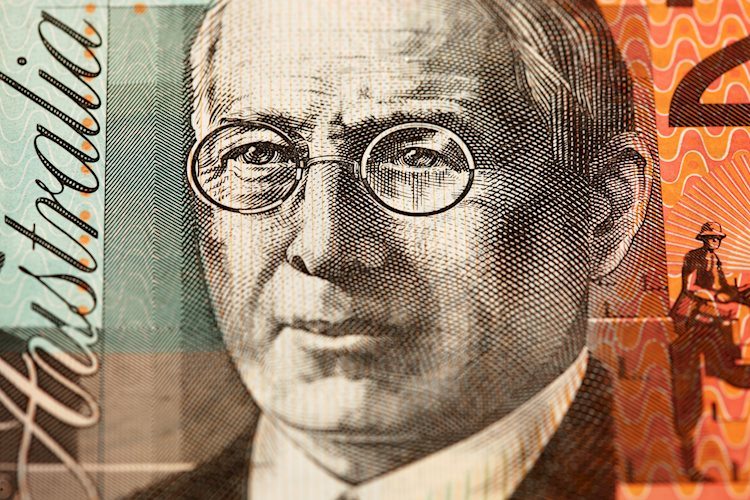The Australian Dollar (AUD) experienced a mild correction against the USD on Monday, declining to 0.6760 after a four-day winning streak. However, the underlying fundamental factors suggest a possible continuation of the upward trend. The Reserve Bank of Australia (RBA), despite signs of economic weakness, is among the last G10 central banks to consider rate cuts due to stubbornly high inflation, which may limit AUD’s downside and extend its gains. The AUD may gain further momentum based on upcoming Australian labor data to be released on Thursday.
Investors are eagerly awaiting the Australian Employment data for June, with expectations of 20K job-seekers being hired compared to 39.7K in May. Additionally, the unemployment rate will be closely monitored, with a steady rate of 4.0% indicating a strong labor market and potentially fueling expectations of further policy-tightening by the RBA. Market speculations suggest a 50% chance of a rate hike by the RBA in September or November, while the market anticipates an 80% chance of a September cut by the Federal Reserve. Technical analysis shows that despite the slight correction on Monday, the AUD/USD pair maintains its bullish stance, with overbought indicators hinting at a possible correction.
The level of interest rates set by the RBA is a significant factor influencing the Australian Dollar, along with the price of its largest export, Iron Ore. The health of the Chinese economy, Australia’s largest trading partner, also plays a crucial role in determining the value of the AUD. Market sentiment and Trade Balance are additional factors that impact the Australian Dollar, with risk-on sentiment being positive for the AUD. The RBA’s objective is to maintain stable inflation by adjusting interest rates, with relatively high rates supporting the AUD.
China’s economic performance directly affects the AUD due to its significant trade relationship with Australia. When the Chinese economy does well, demand for Australian goods and services increases, leading to a rise in the value of the AUD. Conversely, negative surprises in Chinese growth data can have a detrimental impact on the Australian Dollar. Iron Ore, Australia’s primary export, also influences the AUD’s value, with higher prices typically boosting the currency. A positive Trade Balance, reflecting the difference between exports and imports, strengthens the AUD, while a negative balance has the opposite effect.
In conclusion, the Australian Dollar’s value is influenced by a combination of factors such as interest rates, economic data, market sentiment, trade relationships, and the price of key exports like Iron Ore. With upcoming labor data and monetary policy decisions by the RBA and the Federal Reserve, the AUD’s short-term dynamics remain uncertain but may be impacted by these key events. As investors analyze these factors, they will continue to monitor the AUD/USD pair for signs of potential movements and adjustments in the currency market.









